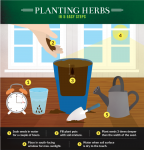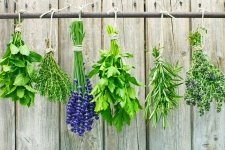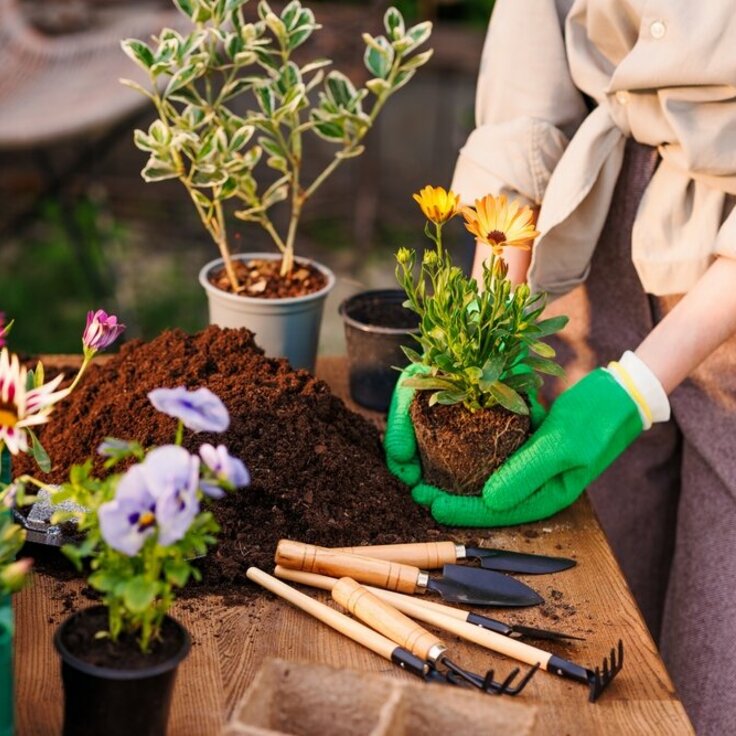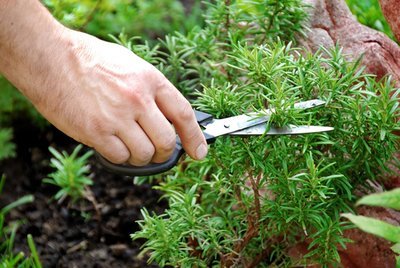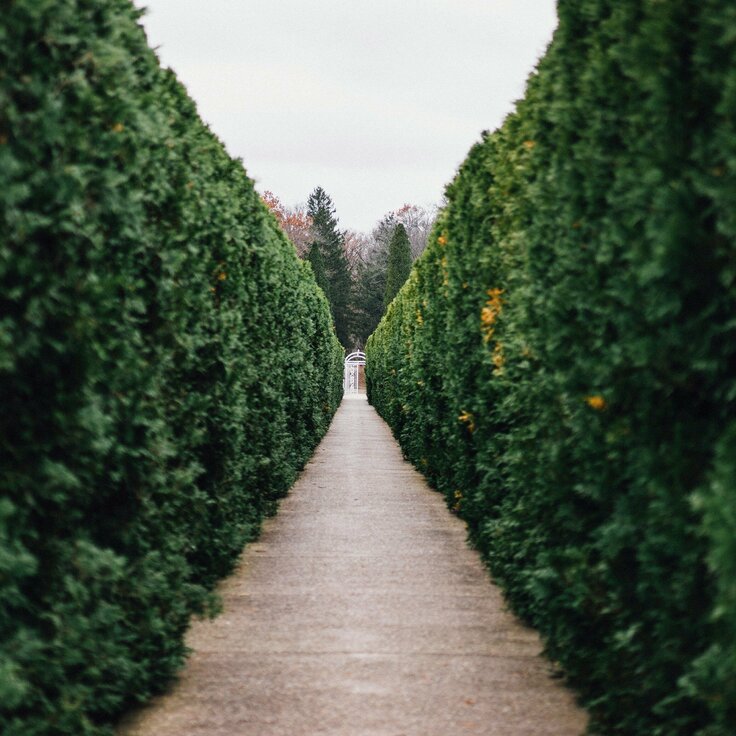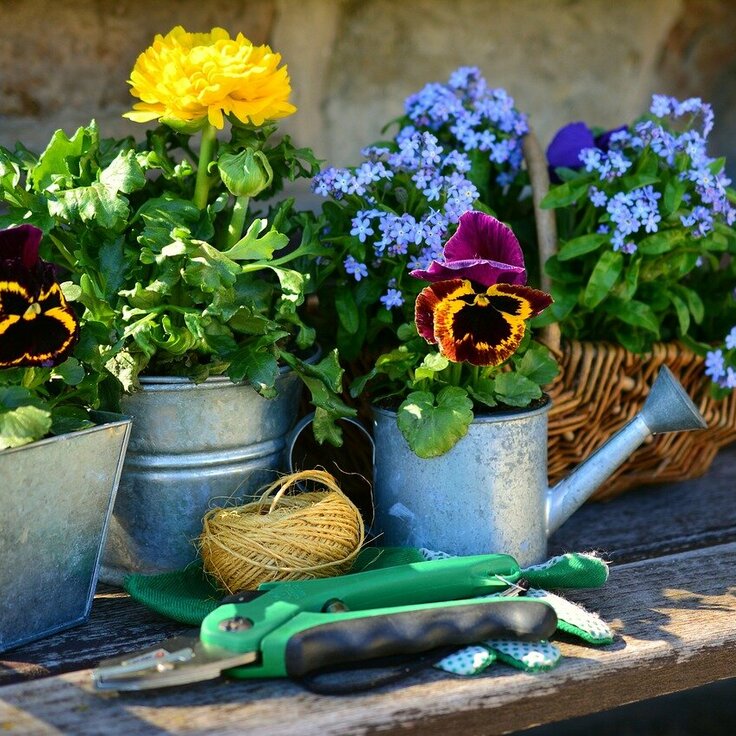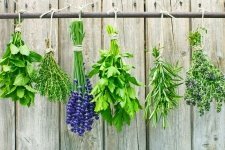Start of the New Gardening Season: What You Can Pre-Seed Now
As the winter chill begins to wane, gardening enthusiasts across the UK are eagerly anticipating the start of the new gardening season. There's a palpable excitement in the air as we prepare to dust off our tools and get our hands dirty once again. But did you know that you can get a head start on your garden even before the last frost has melted away? That's right, it's time to talk about pre-seeding!
Pre-seeding is a fantastic way to kickstart your garden and ensure a bountiful harvest later in the year. By starting certain plants indoors or in sheltered areas, you can extend your growing season and enjoy fresh produce earlier than you might expect. This technique is particularly useful for plants that have a longer growing period or those that benefit from a controlled environment during their delicate early stages.
So, what exactly can you pre-seed as we approach the new gardening season? Let's dive into some popular options that will have your garden bursting with life in no time!
Here's a quick summary of plants you can pre-seed now:
- Tomatoes
- Peppers
- Aubergines
- Herbs (basil, parsley, coriander)
- Leafy greens (lettuce, spinach, kale)
- Brassicas (broccoli, cauliflower, cabbage)
- Alliums (onions, leeks)
Getting Started with Pre-Seeding
To begin your pre-seeding adventure, you'll need a few essential items. First, gather some seed trays or small pots, high-quality seed compost, and of course, your chosen seeds. Make sure you have a warm, bright spot in your home where your seedlings can thrive – a sunny windowsill or a greenhouse is ideal. If natural light is limited, consider investing in some grow lights to give your plants the best start in life.
Begin by filling your containers with seed compost, leaving about a centimetre of space at the top. Gently water the compost until it's evenly moist but not waterlogged. Now, it's time to sow your seeds! Follow the instructions on the seed packet for depth and spacing, as different plants have varying requirements. Once sown, cover the seeds lightly with compost and place them in your chosen warm, bright location.
Nurturing Your Seedlings
As your seeds begin to germinate and grow, it's crucial to provide them with the care they need. Keep the compost consistently moist but be careful not to overwater, as this can lead to damping off – a fungal disease that can quickly kill young seedlings. Once your plants have developed their first true leaves (the ones that appear after the initial seed leaves), you can start feeding them with a diluted, balanced fertiliser.
Remember to rotate your seed trays regularly to ensure even growth, as plants will naturally lean towards the light source. As your seedlings grow larger, you may need to 'prick out' or transplant them into individual pots to give them more space. This process also helps to develop stronger root systems.
Potential Challenges in Pre-Seeding
While pre-seeding can give you a fantastic head start on the gardening season, it's not without its challenges. One of the main issues gardeners face is leggy seedlings – plants that grow tall and spindly due to insufficient light. To combat this, ensure your plants receive adequate light and consider using a small fan to gently blow over them, which encourages stronger stem growth.
Another potential problem is overcrowding. It's tempting to sow more seeds than necessary, but this can lead to competition for resources and weaker plants overall. Be selective and follow the recommended spacing guidelines. Lastly, be mindful of the timing of your pre-seeding efforts. Starting too early can result in plants outgrowing their indoor space before it's warm enough to plant them outside.
Final Tips for Pre-Seeding Success
As you embark on your pre-seeding journey, remember that patience and consistency are key. Keep a gardening journal to track your progress and learn from your experiences. Don't be disheartened if not every seed germinates – it's all part of the learning process. And finally, don't forget to enjoy the process! There's something truly magical about nurturing a tiny seed into a thriving plant that will eventually grace your kitchen garden with delicious, homegrown produce.

